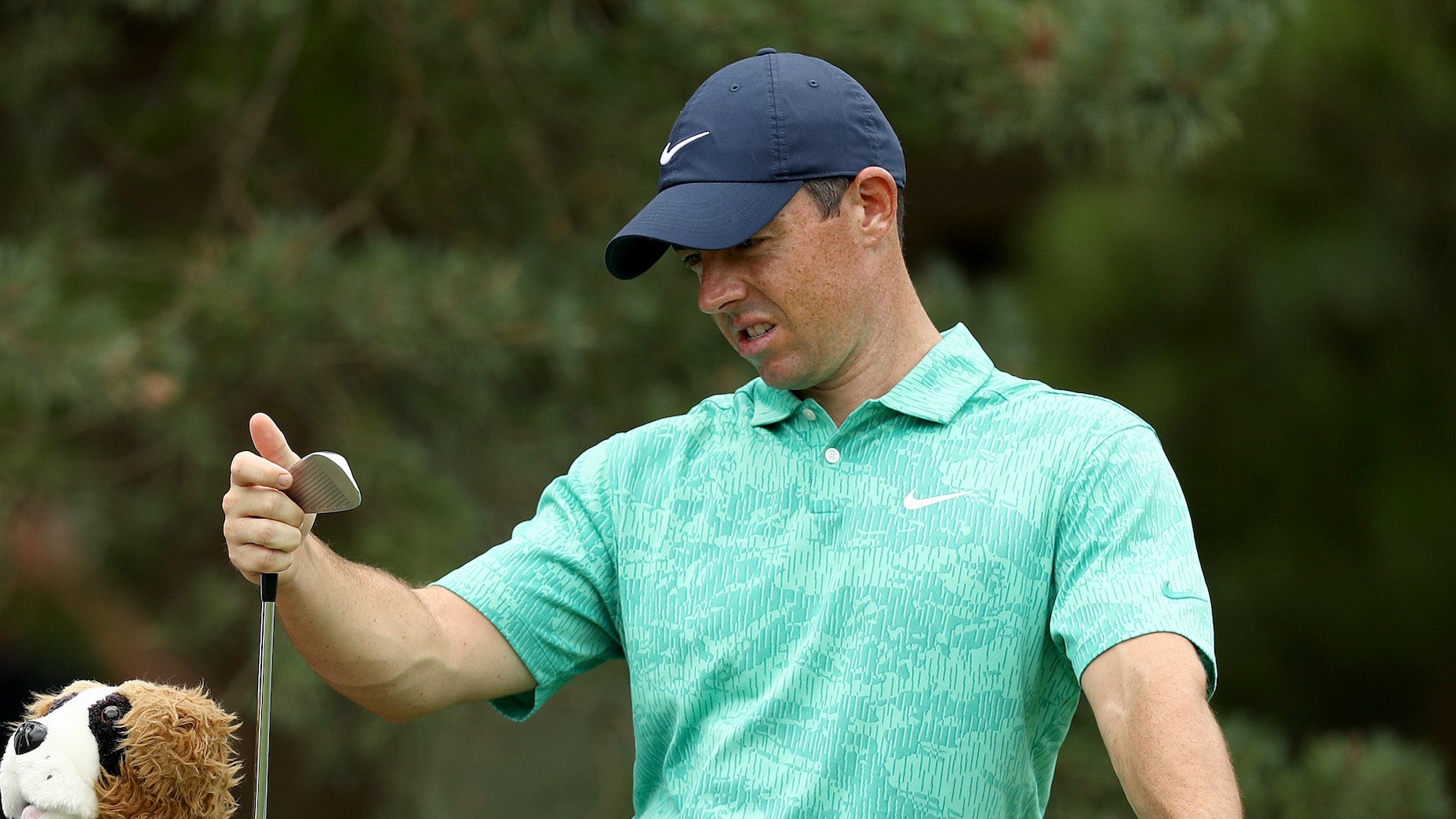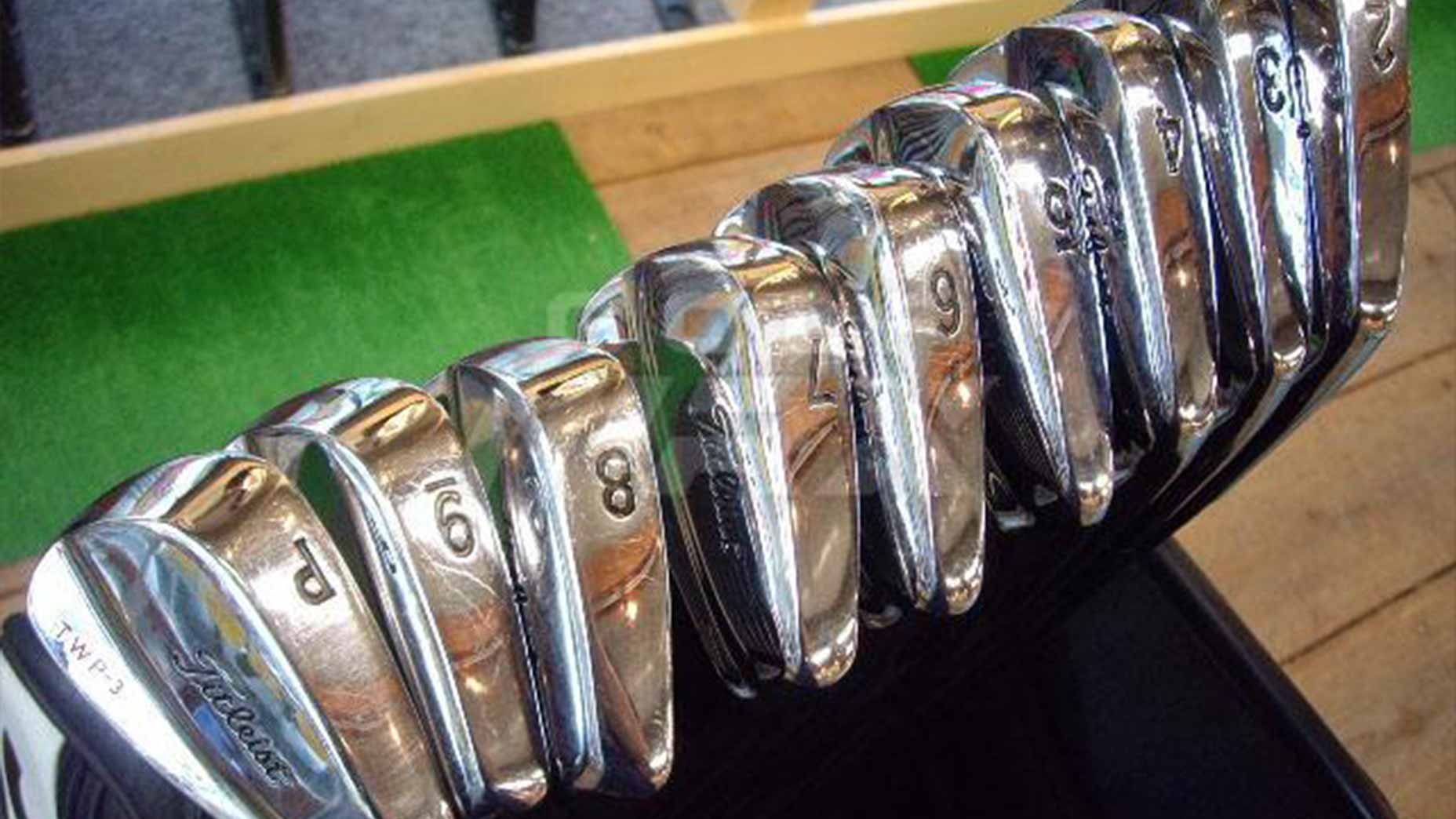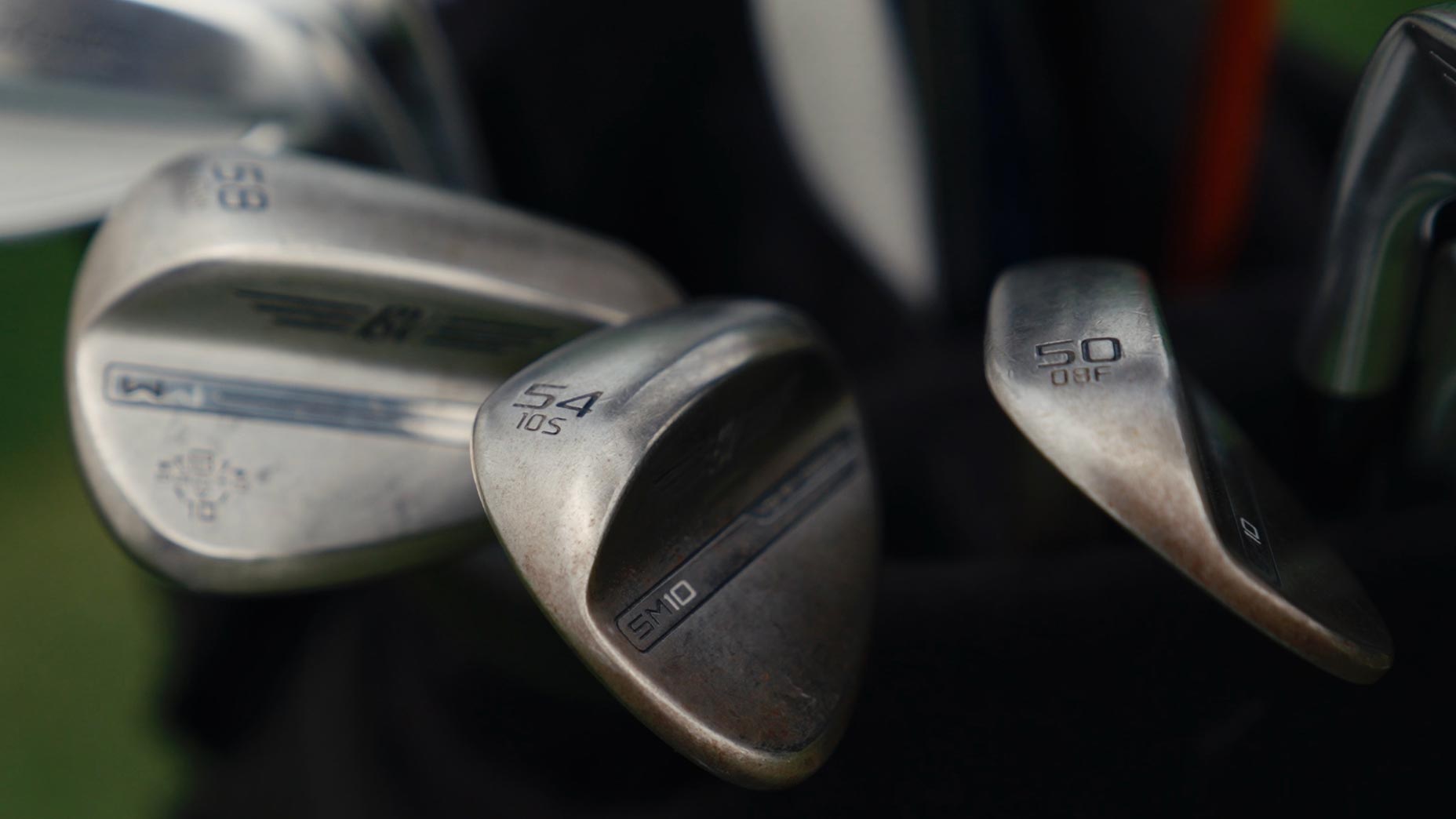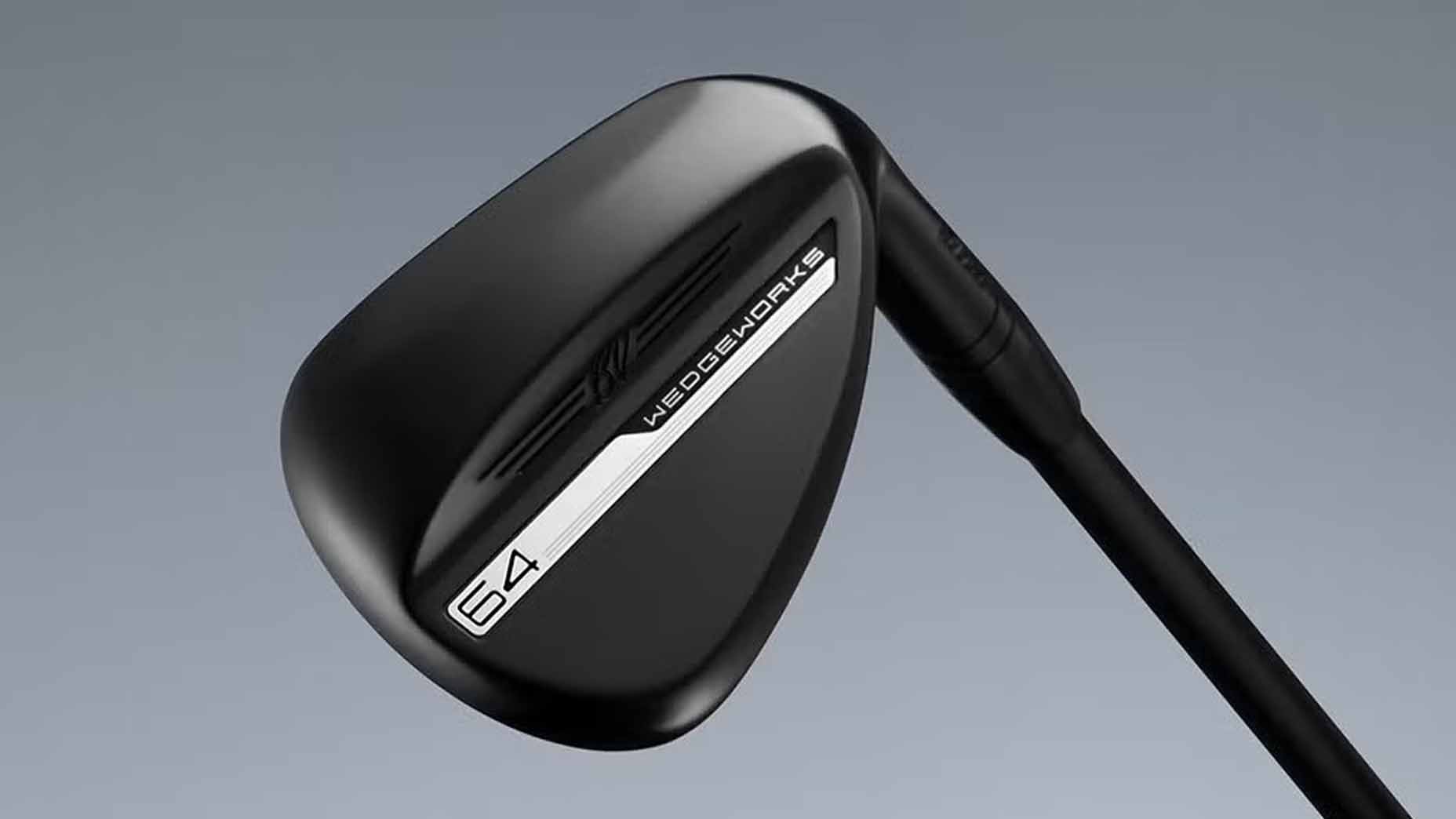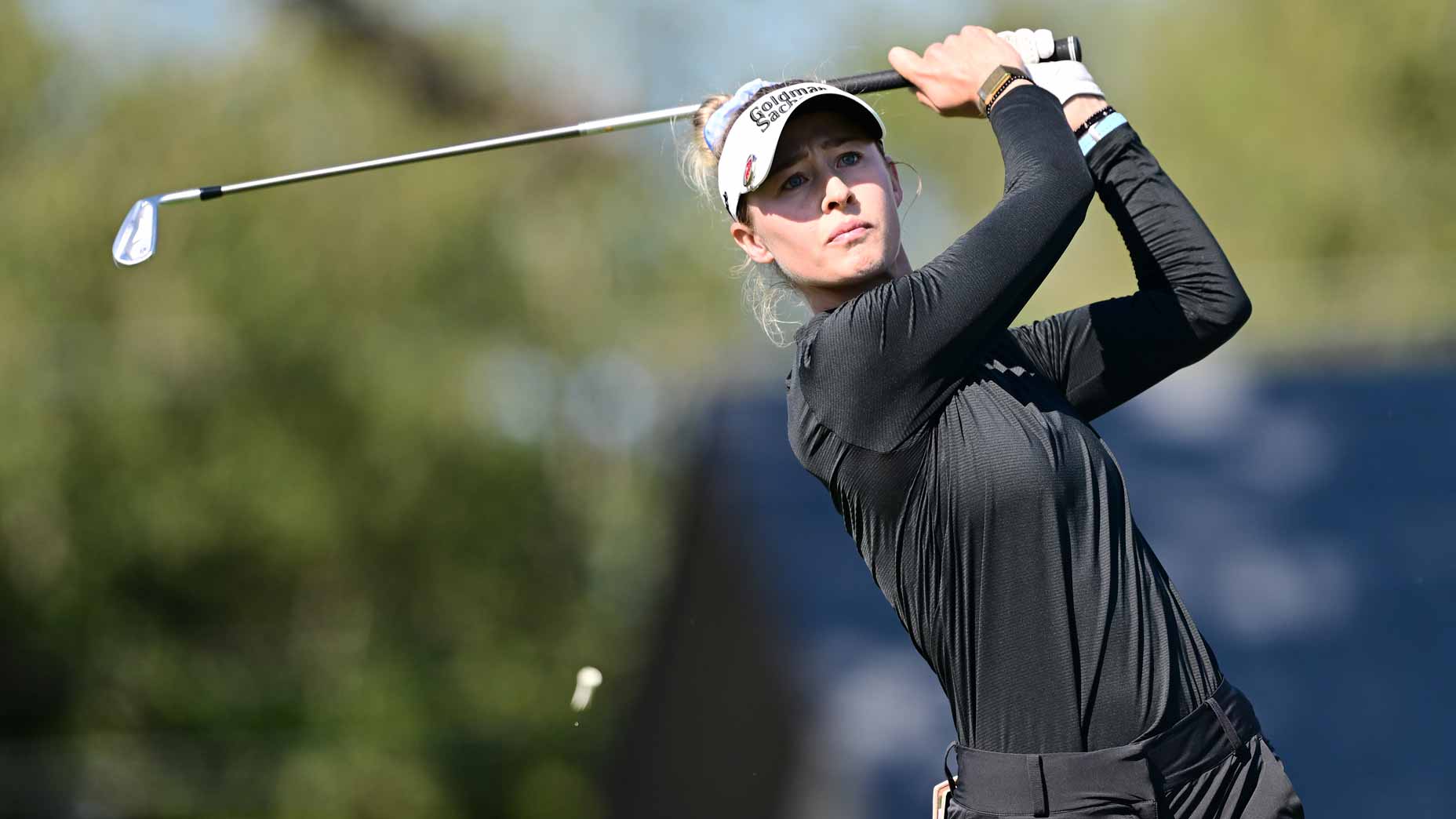Every week, in collaboration with our affiliate-company True Spec Golf, our in-house team of equipment experts host the Fully Equipped podcast. It’s where we break down the most interesting equipment news in golf, from the most authoritative voices in the game. New in 2021, we’re going to be highlighting many of those same Fully Equipped voices on GOLF.com as part of an expanded series of articles, sharing the best equipment insight around, and helping you play better golf as a result.
This week, amid the launch of Titleist’s new range of irons, we’re asking the experts about game improvement irons — and whether lower-handicaps can use them as a shortcut for more distance.
1. Yes, don’t let your pride get in the way
Andrew Tursky, Senior Equipment Editor: Yes! I know that most low handicappers want to use blades or small-bodied cavity irons, but even some PGA Tour professionals have realized distance irons can have real benefit. Game-improvement irons are simply more forgiving and provide greater cushion on your mishits. The goal with your irons is to hit them as accurately as possible, and blade-like irons, while great for shaping shots and hitting exact trajectories, tend to expose even small mis-strikes. Don’t make the game harder than it already is, and try out some irons that give you more forgiveness.
As as J-Wall is about to explain, you can can always split up your set, too…

2. At least, try splitting your set
Jonathan Wall, Managing Equipment Editor: For a low handicapper, I’m not sure you need to go the game-improvement route throughout the entire bag, but using a game-improvement iron or two near the top of the set is a great call. They offer a wider sole designed to glide through the turf and a red-hot face that’s comparable to some fairway woods or hybrids. Throw in a significantly expanded sweet spot and it’s easy to see why these irons have become a popular option on Tour for even some gear traditionalists. Before you make the jump to a more forgiving 3- or 4-iron, take note of the stated loft. Most of these irons have significantly stronger lofts, so it will most likely leave you with a loft gap that needs to be analyzed.
3. Take the distance boost
Luke Kerr-Dineen, Game Improvement Editor: My index is 2.2 nowadays, and the other day I was fit into some if Titleist’s T200 irons. Staring at the ball as it rocketed through the air — then the subsequent numbers showing how I gained about a club-and-a-half over my gamers — I found myself wondering why I hadn’t switched to a game improvement style model earlier.
The technology has gotten so good in game improvement models that you can still work the ball when you need to, and while you may be trading some workability for forgiveness, you’re probably don’t work the ball so much that it matters. The general trend in golf (even at the highest level) is away from constantly working the ball every which way, anyway: Learn to hit one shot well, and take the extra distance when you can get it.
I always love watching pros try game improvement irons, because of how absurdly far they hit them
Like @maxhoma23 hitting this T200 5-iron 227 with 148mph ball speed 🤯https://t.co/Gh7nMY5Va0 pic.twitter.com/2KkWcdJvEg
— LKD (@LukeKerrDineen) August 5, 2021
